This is a little rewrite of one of our most instructive posts. It’s so important to fit a hiking boot correctly. I first wrote advice on how to fit a boot properly in 2013, based on a trip to an outdoor store in Columbia, Missouri. Since then, I visited the Danner boot factory in Portland, Oregon, and learned even more about boot fit. So here goes — a little of the old and some new — all aimed at helping you to get a proper fit for a hiking (or hunting) boot. Seriously, most of my hunting winds up being long hikes anyway.
I remember the moment when everything just blistered. I just had committed a big no-no in the footwear world – I stuck a pair of specialty insoles into my previously worn hunting boots without first trying the two together. I then compounded the problem by leaving my nylon socks on, because I was just going scouting for an hour in the woods. So, it’s really not the boots that were the problem … or the insoles … or the socks – but, a combination of all three.
I hobbled the next day through the woods with huge blisters on my heels. It was the last day of turkey season – my last opportunity to hunt the elusive bird. But, I started thinking … what if it would have been my first day of the season? I would have been in real trouble.
We all know the value of keeping our feet blister-free and supported when we’re outdoors. We all do not know the techniques for choosing footwear that supports and protects us.
Enter the boot fitting specialists at the Alpine Shop in Columbia, Mo.
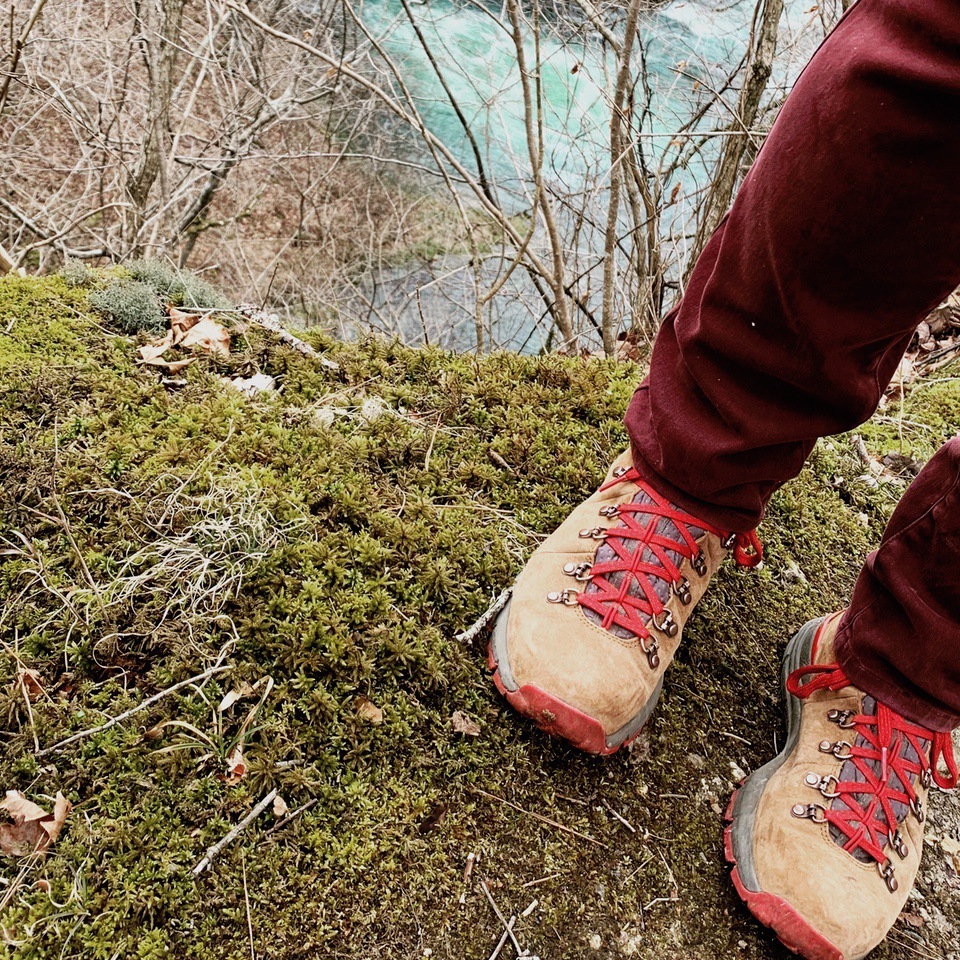
For starters, Adam Nowlin told me to remove my shoes and socks, so he could get down to the business at foot. If you don’t want a naked foot revealed, then you’re going to have to get over it or at least get a pedicure first. Practice a little meditation; it’s no big deal.
Nowlin, and others at Alpine Shops, had been trained to fit boots according to the Phil Oren’s FitSystem – a six-step program that includes a thorough, 16-point foot examination, proper sock selection, measurement (both weighted and un-weighted), boot selection, footbed (insole) selection and modification where needed.
First, Nowlin examined the feet in question, namely mine – asking about scars, pressure points, bunions and calluses.
Then, he chose a sock for the activity and season. Nowlin says each foot sweats an average of one cup of water per day. Socks play an integral role in creating the proper fit of a foot in the boot. Nowlin also stressed how cotton was rotten, and said, “In its basic form, cotton should never be worn during an activity. The cotton fiber is so tense that when moisture touches it, it quickly is absorbed by the cotton, and cannot easily escape.” Excess sweat leads to more friction that creates heat and, of course, blisters.
According to Nowlin, socks come two categories, both offering moisture wicking: Merino wool and synthetic blends. Nowlin said, “Merino wool fibers are 1/5th the size of a traditional wool fiber, yet still maintain insulating qualities.” He recommended using Merino, which does not have the stereotypical “itch” of other wools, to those who have cold feet or who will be hiking in 50 degree or lower temperatures. Another plus for Merino is its “stink resistance,” said Nowlin.
Synthetic socks are made of fibers that are hydrophilic (moisture loving) and hydrophobic (moisture fearing). Nowlin explains, “The former absorbs moisture and the latter quickly moves it into vapor, keeping the foot as dry as possible.” Synthetic socks work well for hikers who typically have warm feet or for those folks participating in warm-weather activities.
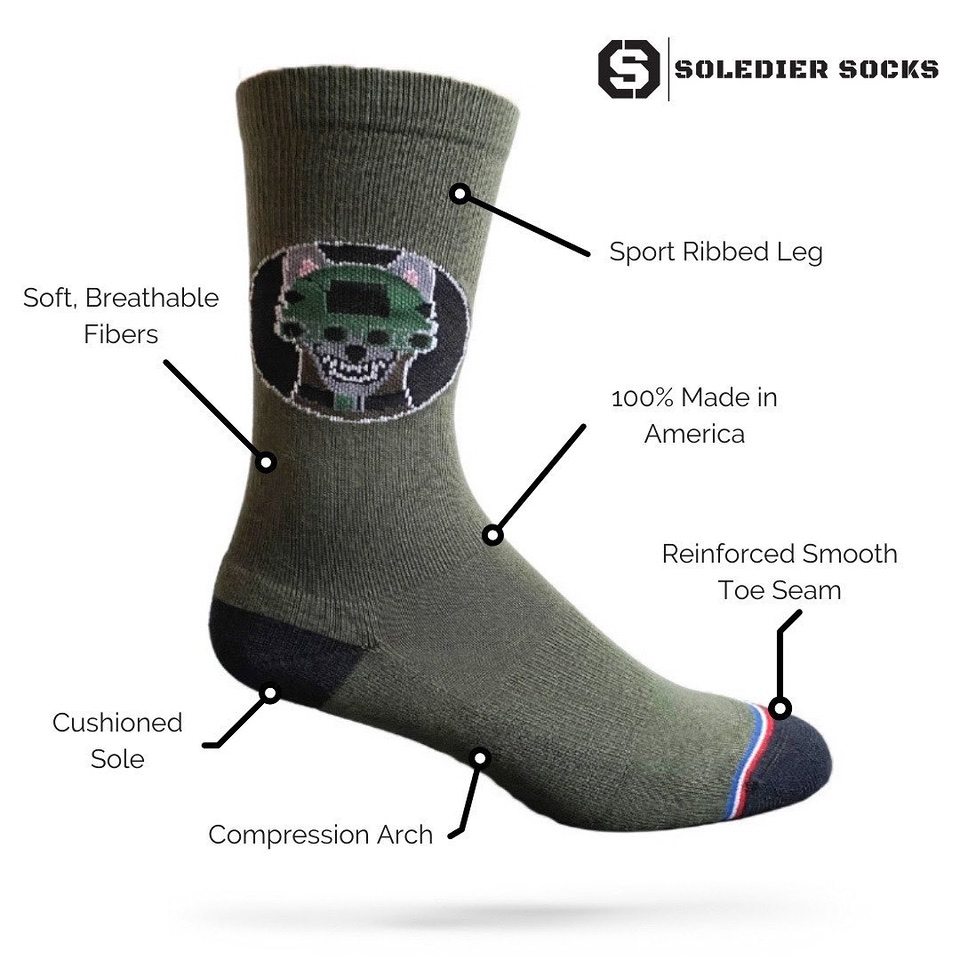
Then, Phil measured my feet at rest and while I stood. He said, “Fitting a shoe properly consists of more than enough toe room. To have an effective fit, you need to consider length, width and volume. Most people have elongation of around two sizes when they place weight on their feet.”
After choosing some boot styles, Nowlin then looked over the selection of footbeds (insoles). He said, “Friction in your footwear will causes excess sweating, heat and blistering. So the best fit will stabilize your foot inside your footwear as much as possible, minimizing friction.” Good footbeds generally cost from $25 upward, and may reduce foot shifting from 40 to 60 percent. Nowlin says that since boot manufacturers know that most serious hikers want better-fitting insoles, they put a run-of-the-mill type in the boot. That way, the customer can select his personal choice. Another important feature of a more expensive insole is the attention paid to cushioning the heel.
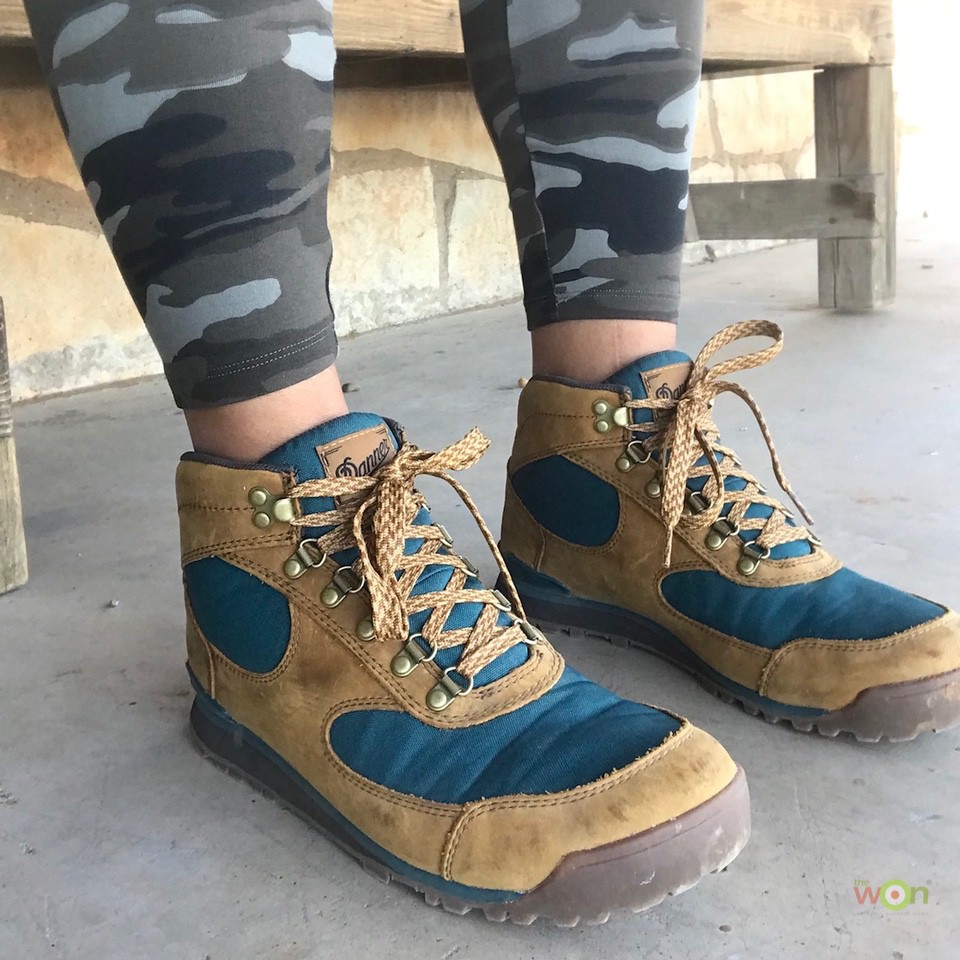
When it came time to lace the boot, Nowlin asked me to stand, because it is important to lace a boot with weight in it. There are a variety of lacing techniques, and a footwear specialist will work with you to find the best one for your foot.
Whereas, your mom may have put her thumb on the toe of your shoes during fitting, feeling for that half-thumb width of space, Nowlin checked all over the boot. He asked me to step on the incline bench. On the incline and decline, he then checked for volume in the front and back of boot and on the sides.
Then, Nowlin got out the tape and placed a piece on each metatarsal area over each boot. I returned to the incline/decline set-up and Nowlin checked to see how much movement occurred in each position. In my case, tightening my laces decreased the movement from 1/8 to 1/16 inch. Nowlin said if lacing the boot does not cut down on movement, there are other methods – including a tongue depressor insertion and finding a different footbed.
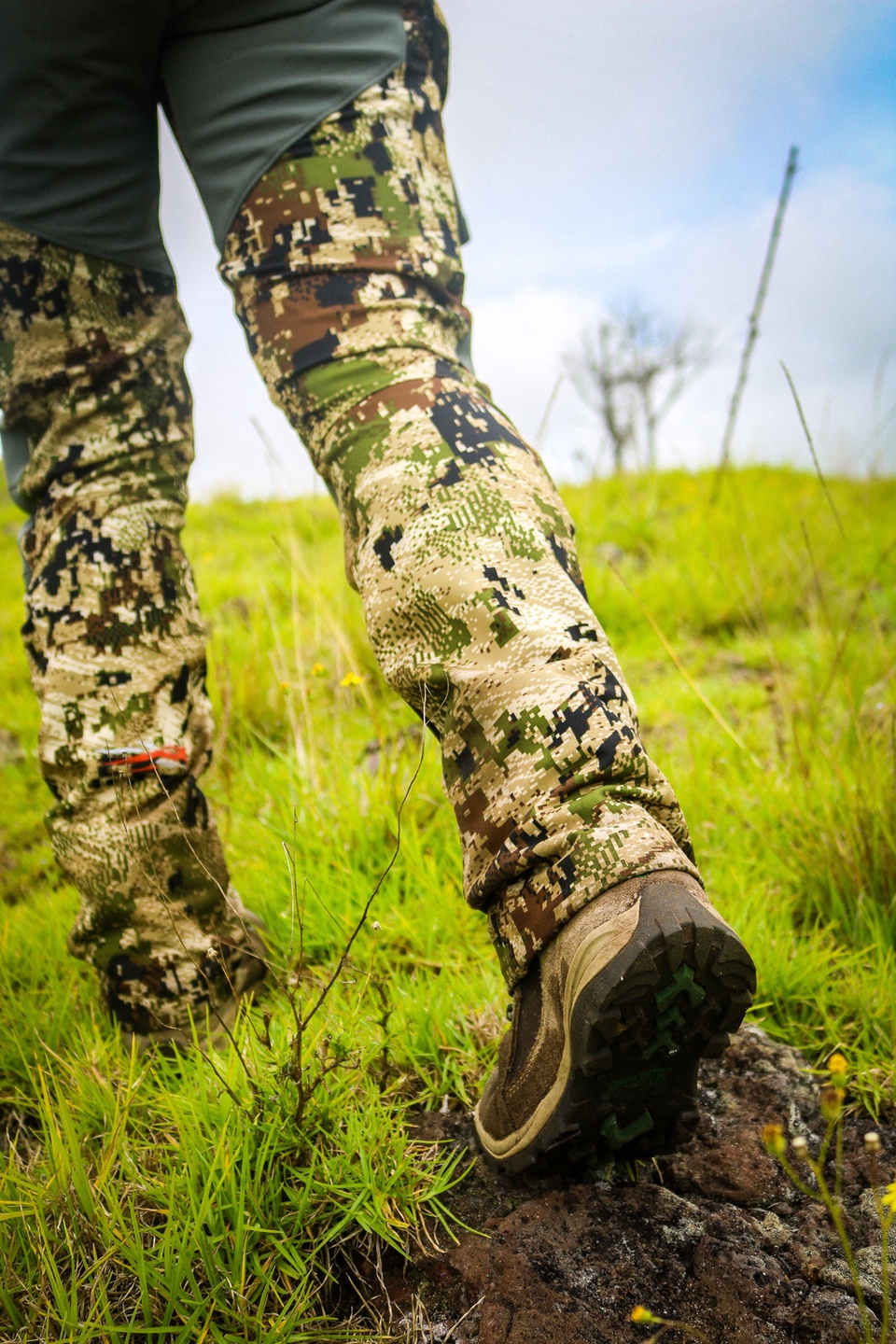
If the boot fits everywhere but one certain area, especially in the toe box, Nowlin and crew could bump out the tight spot, using a special tool.
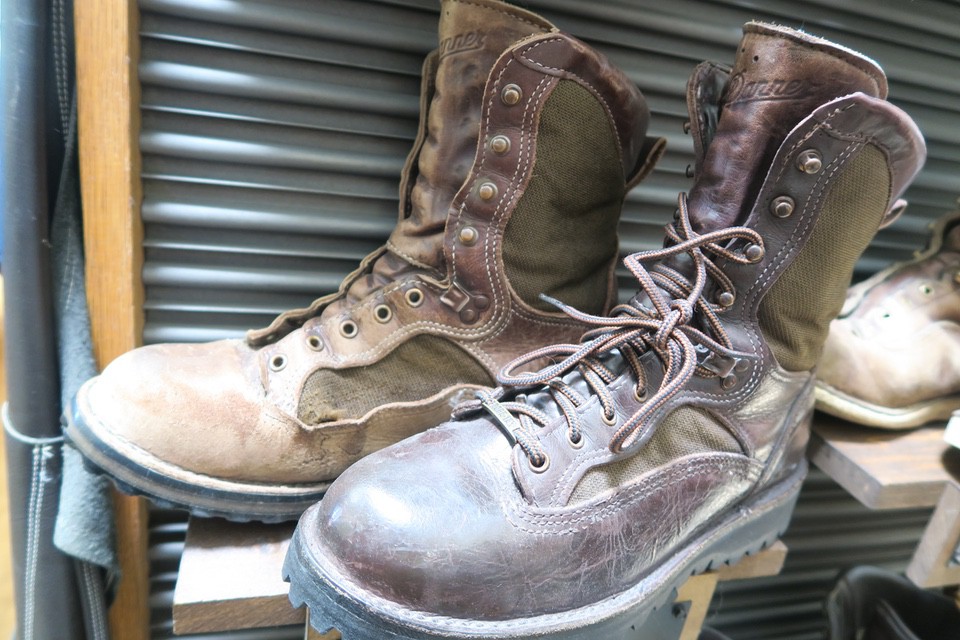
Prepare to spend at least half an hour getting the right boots for your feet. Nowlin believes knowing how to fit footwear will help you, especially when a footing specialist is not in-house. He says, “At any rate, going through the fit system in any degree will change the way you buy footwear for the rest of your life.”
You don’t always get the specialized treatment from the likes of a guy like Nowlin, but you can apply this sage advice to your next boot shop.
When I visited the Danner Factory boot store, I noticed it had a slanted board with different types of surfaces, so that you could walk up and down the board and test the soles and overall fit of your boots. I’m glad I went through the other system, as it helps me to assess whether a boot really fits (providing that I also have insoles and socks along, that is).
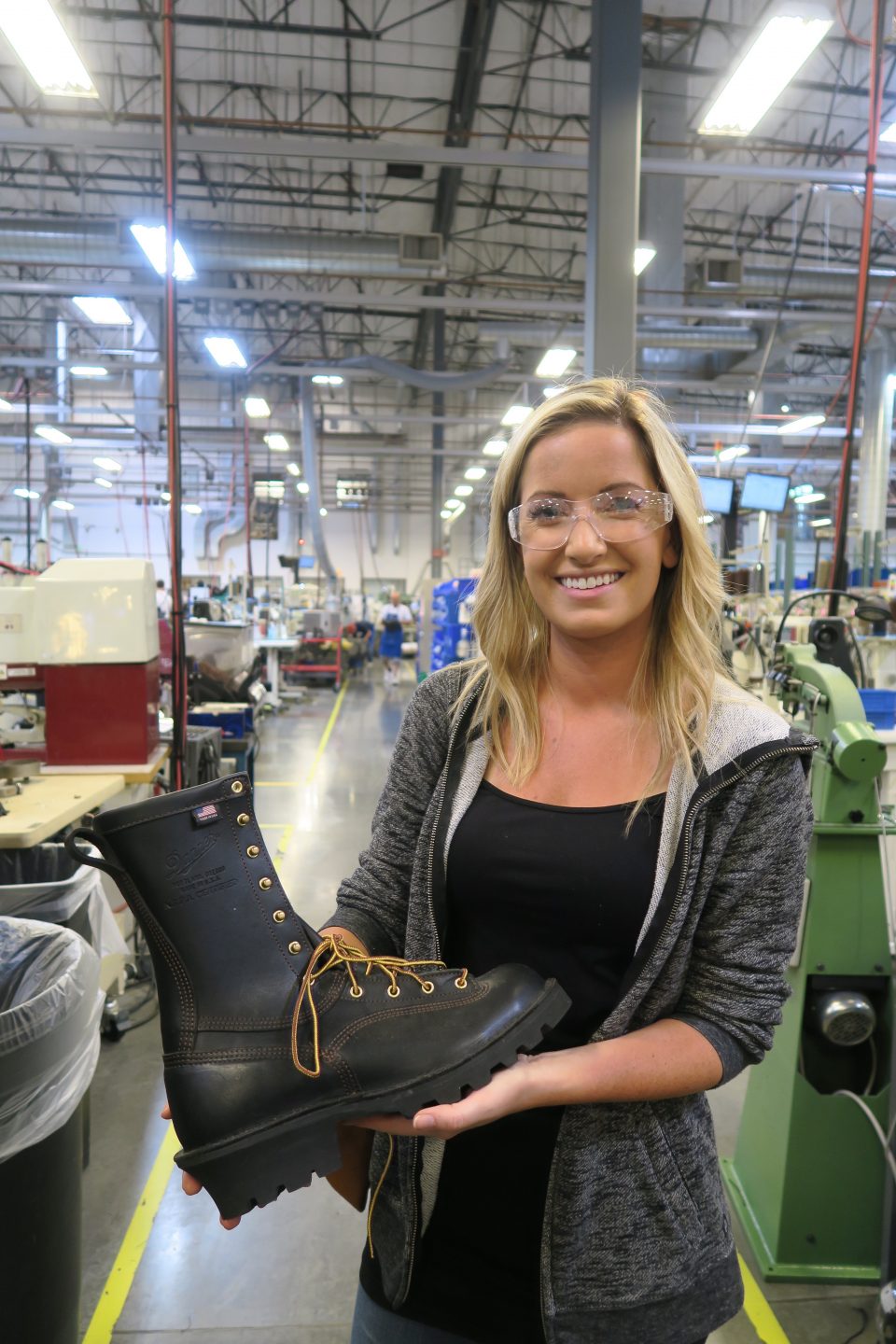
Another thing I’ve learned, through talking to boot fit experts and from personal experience, is that you must trim your toenails. Not only will long snagged toenails tear up your expensive socks, they’ll also turn inward and cause pain and infections. Ever had an ingrown toenail? You can relate then.
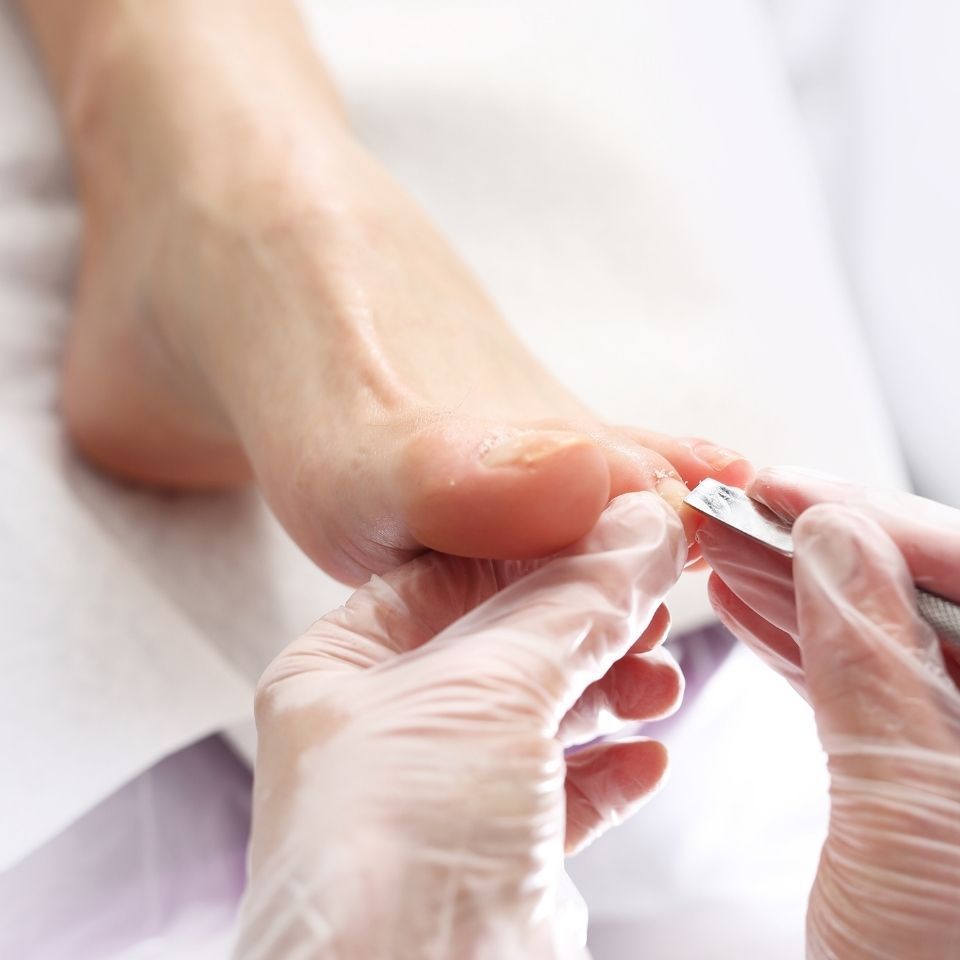
Cleaning your hiking boots will help prolong their longevity. Dirt, grime and wax from former waterproofing applications accumulate and sweat adds to the overall breakdown of materials.
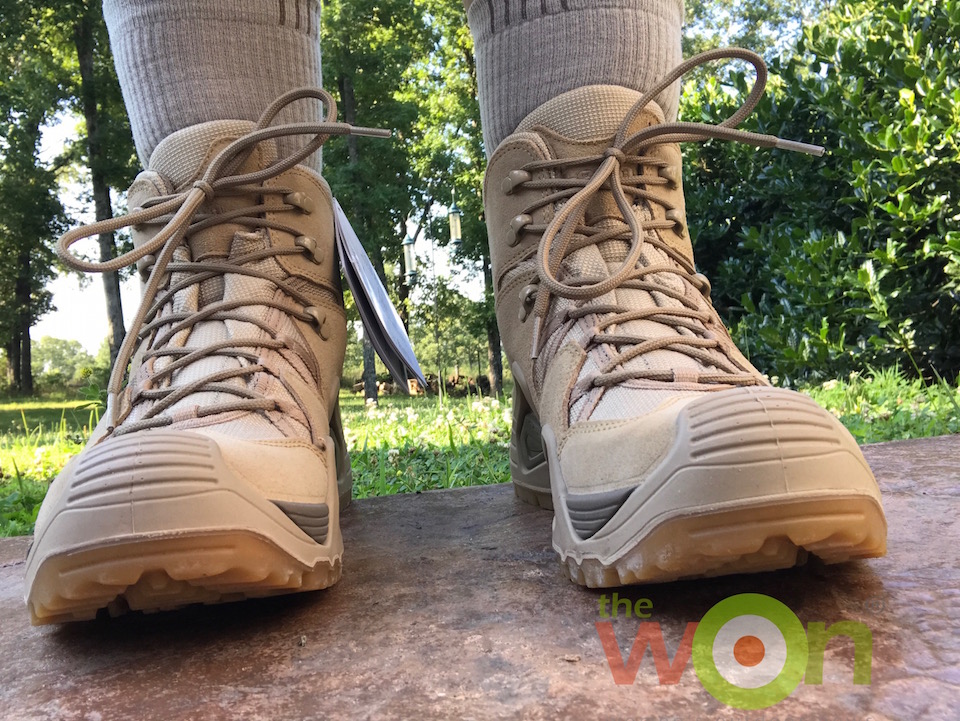
Use a boot cleaning product appropriate for whatever material your boot is made from, and then, a conditioner if your boot is leather. An application of Durable Water Repellency (DWR) product seals the seams.
Take good care of your boots and they will take good care of you. One last products, an accessory, that I highly recommend is a good boot dryer. This handy tool will keep your boots dry, and frankly, your feet healthier.
If you’re going to spend a few hundred dollars on a good pair of hiking boots, it pays to know how to choose them, and then, know how to take care of them after the purchase.
Publisher/Editor Barbara Baird is a freelance writer in hunting, shooting and outdoor markets. Her bylines are found at several top hunting and shooting publications. She also is a travel writer, and you can follow her at https://www.ozarkian.com. View all posts by Barbara Baird